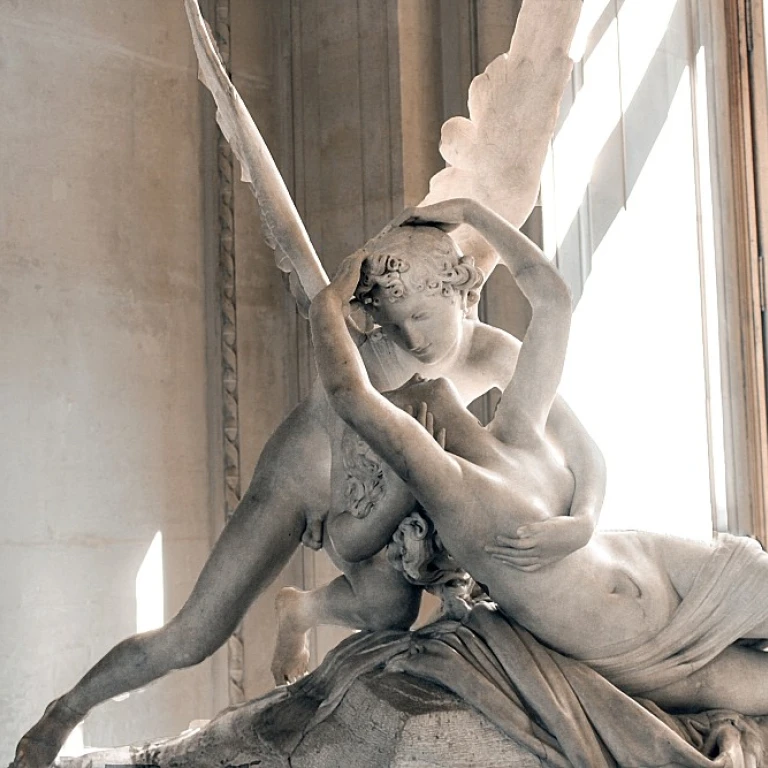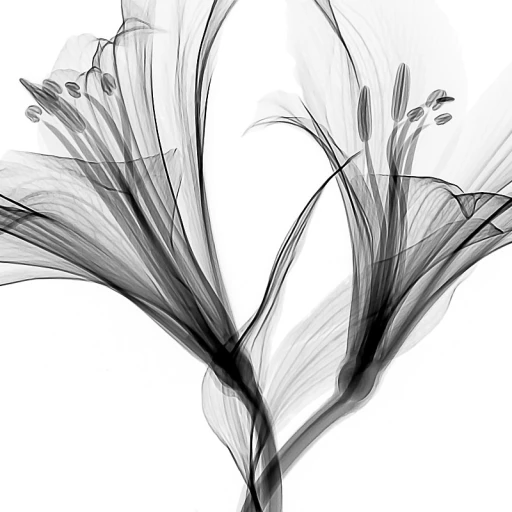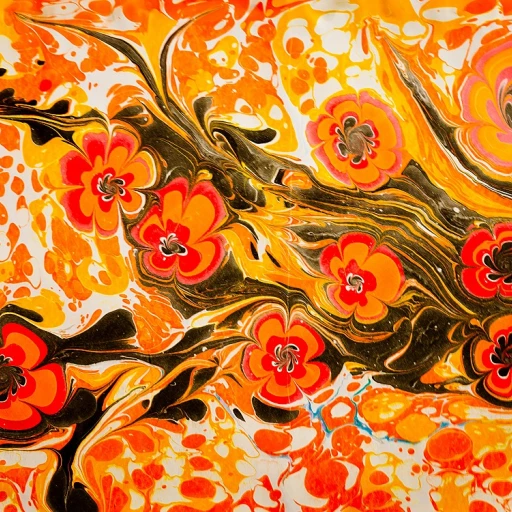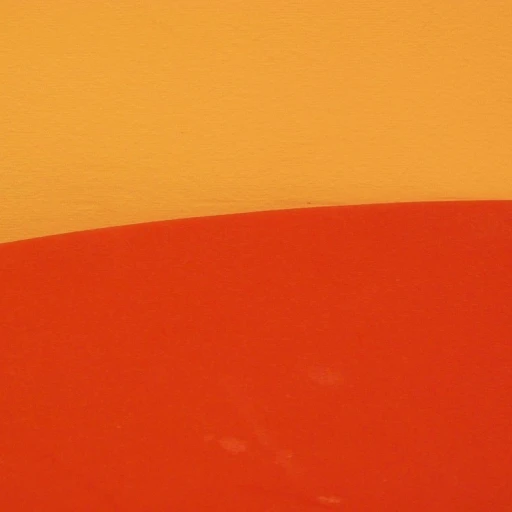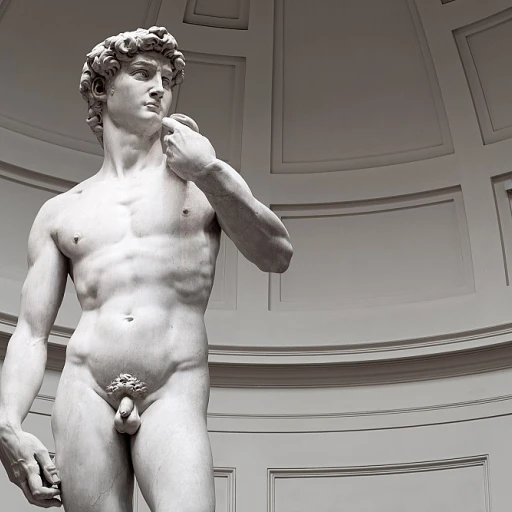-teaser.webp)
The Importance of Proper Artwork Placement
Proper placement of luxury artwork in a space is just as essential as the pieces themselves. Ensuring that your art is hung with precision can dramatically enhance the aesthetic appeal of your room, providing balance, focus, and harmony. In fact, the height at which a picture frame is hung can influence how the space is perceived. Too high, and it may feel disconnected from the furniture; too low, and it might look discordant.Visual Harmony and Focal Points
Incorporating exquisite pieces within your gallery wall or among collage photo arrangements requires understanding the total width and height dynamics. Assess the wall's width where the art will be displayed, as too crowded a layout can overshadow the art itself. Utilizing a picture framing approach with precise horizontal spacing can guide the eye smoothly, aiding in the creation of a well-curated gallery.The Role of Wall Layout Design
An effective wall layout not only considers the dimensions of the artwork but how it interacts with existing décor. The relationship between the photo frames—whether they're square photos or intricate collage work—should echo the room's natural flow. This is where a picture hanging calculator can be a game changer. By calculating the required vertical and horizontal distances between art pieces and the top edge of furniture or the wall, one can achieve a cohesive look.Understanding the Picture Hanging Calculator
Deciphering the Mechanism: Your Guide to the Calculator
Navigating the nuances of art placement can be intricate, especially when you aim for flawless precision. Here, the picture hanging calculator emerges as a pivotal tool to achieve this feat, making it integral to the process. As you venture into the realm of luxury art, understanding how this calculator operates becomes paramount. The first step in this calculation process is establishing the desired height at which the top edge of your artwork should hang. This is often a personal decision, influenced by the layout of your wall or the room’s aesthetic intent. For a balanced look, the center of the picture frame should be at eye level, typically around 57 to 60 inches from the floor. To delve deeper, you must consider the type of art, its width, and the overall space it will occupy. Whether you’re opting for a gallery wall replete with photo frames or a statement piece, the calculator helps determine the required vertical and horizontal spacing, enabling harmonious framing around your artwork that complements both wall dimensions and surrounding decor. Each frame differs in size, and therefore, width and height calculations become essential. Ensure that when multiple pieces are included, the total width and vertical alignment create a coherent visual story. If you're accessorizing with photo frames, tap into the layout calculator to envision how a square photo or collage photo might interact within the space. The thought of mismatched levels often haunts luxury art aficionados. This tool demystifies those worries by precisely accounting for inches fractions within the wall space, offering clarity on the exact points for nail placement. Moreover, if you’re an art lover intrigued by symbolism in art, you may appreciate discovering the majestic allure of deer in luxury art. Such considerations may influence your choice of themes and produce engaging focal points. Armed with a comprehensive understanding of this calculator's capacity, you're now ready to progress methodically in hanging your luxury artworks where precision reigns, enriched by the synergy of your creative vision and technological aid.Factors to Consider When Hanging Luxury Art
Identifying Key Considerations for a Flawless Display
When embarking on the journey of showcasing luxury artwork, several pivotal factors determine not only how your pieces will be perceived but also how they seamlessly integrate into the intended space. Here are some essential elements to consider:- Height and Placement: Consider the ideal height; the center of a piece should be around 57 inches from the floor—a general rule that aligns with average eye level. This ensures that your artwork does not go unnoticed at a museum-standard height.
- Size Matters: The dimensions of the artwork, including width and height, play a critical role in deciding its placement. A larger frame commands more space, while a smaller piece might require careful positioning to avoid seeming insignificant.
- Style and Framing: The type and style of frame you use can significantly affect the aesthetic impact. A minimalist frame might suit modern art, while a baroque frame could accentuate a classic masterpiece. Ensure the framing complements the artwork and the surrounding decor.
- Orientation: Depending on whether your piece is vertical or horizontal, you'll need to plan for adequate horizontal spacing. A vertical layout suits narrow walls, while a horizontal orientation complements wider spaces.
- Wall Type: Different wall materials require different types of nails or hooks for sturdy picture frame support. An understanding of your wall’s material ensures safe and secure frames hanging.
- Functional Space Utilization: Your space's overall layout influences how each piece is perceived. Using a layout calculator can help design a cohesive gallery wall that conveys your intended statement elegantly.
Step-by-Step Guide to Using a Picture Hanging Calculator
Employing the Picture Hanging Calculator Effortlessly
Utilizing a picture hanging calculator is essential for achieving a flawless display of your luxury artwork. This tool aids in determining the precise dimensions such as height, width, and space required for picture framing. To get started, follow these straightforward steps:- Measure Your Wall Space: Start by using a tape measure to determine the total width and height of the wall where the art will hang. Knowing the width of your wall helps adapt the layout calculator to fit perfectly into your desired space.
- Identify Artwork Dimensions: Gather the dimensions of your artwork including the frame. Whether your art piece is a vertical painting or a collage photo made of several photo frames, these measurements need to be precise. This information, combined with the total width of the wall, informs your hanging calculator.
- Input Data into the Calculator: Using the picture frame calculator, input the dimensions of both the artwork and the wall. Some applicators might require additional details such as the type of frame or inches fraction for meticulous picture framing.
- Consider Vertical and Horizontal Spacing: The calculator will then guide you on aspects like how high the picture's top edge should be or the horizontal spacing needed between multiple frames in a gallery wall. Adjust until you find a layout that optimizes both space and artistic appeal.
- Double-Check Alignment: Once you have your measurements, verify them to ensure accuracy. This reduces the chance of having to redo any work later due to mismatched measurements or misaligned frames.
- Proceed with Confidence: With your dimensions confirmed, you can now proceed with placing each piece meticulously. This tool ensures your final display doesn't just blanket a wall, but enhances the room's elegance.
Common Mistakes to Avoid
Steering Clear of Pitfalls in Art Hanging
Hanging luxury artwork isn’t just about aesthetics; it’s also about precision and understanding the nuances involved in the process. To ensure your pieces shine in your space, avoiding common mistakes is essential. Here’s what to keep in mind as you embark on this artistic journey:
- Avoid Improper Height: The center of your artwork should be at eye level, approximately 57 to 60 inches from the floor. It’s crucial to use this measurement as a guideline, especially for rooms with specific furniture layouts. Adjust accordingly for taller ceilings or unique wall configurations.
- Consider the Weight: Ensuring the picture frame or photo frame is adequately supported on your wall is vital. Use the right type of hangers and anchors based on the total width and weight of the work. This prevents the frame from causing damage to your wall or collapsing unexpectedly.
- Mind the Width and Spacing: When arranging multiple frames, horizontal spacing is crucial. Use a layout calculator to maintain consistent spacing, which can create a cohesive gallery wall aesthetic. Measure the width wall to ensure all frames hanging are aligned to give a symmetrical appearance.
- Avoid Overcrowding: Less is often more. Ensure each piece of art has enough space to breathe. This doesn’t just depend on the physical space, but also the visual balance, so select the appropriate frames and ensure they enhance rather than detract from the artwork.
- Choose the Right Location: Be mindful of environmental factors, such as direct sunlight or humidity, which might impact the artwork over time. Proper picture framing is essential, but location plays a critical role in prolonging the life of your luxury art.
By being conscious of these factors and consulting a picture hanging calculator earlier discussed, you can avoid these common pitfalls and enhance your space with perfectly hung art.
Enhancing Your Space with Perfectly Hung Art
Creating a Masterpiece Display
The final touch to any luxury space lies in the art of perfectly hung artwork. When the picture frame aligns seamlessly with the room's elements, it transcends mere decoration to become an integral part of the environment. Understanding the right placement and method—foreshadowed in previous discussions—ensures every frame you hang transforms into a statement of elegance.
Firstly, consider the height and position your frames in relation to the surrounding space. Whether your piece is horizontal or vertical, mastering the art of alignment greatly enhances its visual appeal. Use a framing calculator to establish the precise measurements and spacing needed to achieve a flawless balance. The aligned edges bring harmony, especially when you nestle multiple artworks into a gallery wall display.
Artworks can transform a simple wall into a vibrant story, with collage photos and square photos offering unique focal points. Place photo frames at strategic spots from the top and around the total width of your space to foster a cohesive visual story. This act of precision creates a polished look that resonates with the surrounding decor.
Each choice, from the type of art—fine work adorned in picture frames or bold pieces commanding a whole wall layout—to its precise vertical and horizontal spacing, shapes the room's energy. A well-hung piece communicates sophistication and attention to detail. Utilizing the insights from a calculated approach will help enhance both the artwork and your space's aesthetic charm.
Implement these tips to achieve a stunning display that reflects true artistry. Avoiding common mistakes previously discussed, such as misjudging the width or placement, will ensure your wall hanging is both a cherished display and a conversation starter.

